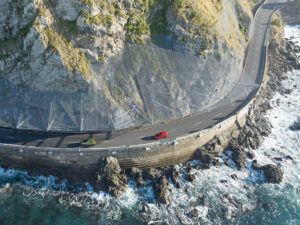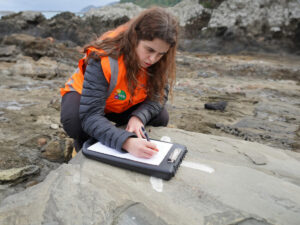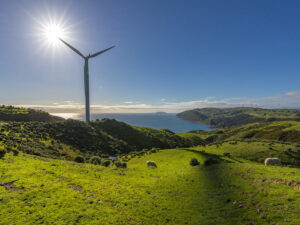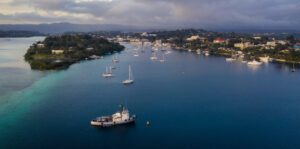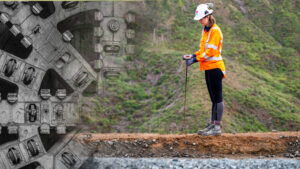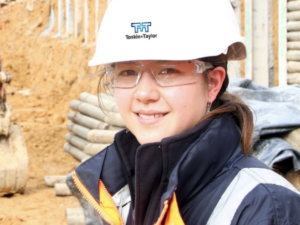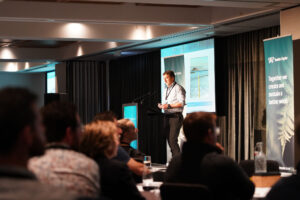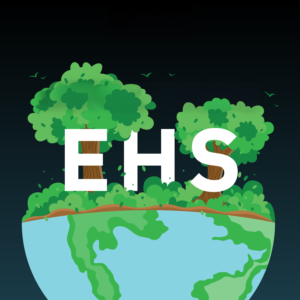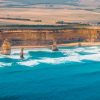The recently launched NZ SeaRise website is an important tool to assist in conveying information on climate change-induced sea levels around Aotearoa. However, there are several matters I am concerned with:
- That the information presented does not explain the issues around sea level rise and vertical land movement adequately, confusing level change with inundation depth change and presenting incorrect information.
- The information on Vertical Land Movement (VLM) has high degrees of uncertainty, that when extrapolated for decades to centuries could result in poor decision making.
The global sea level rise projections used are based on the various emission scenarios and represent a change in level of the sea. These levels will not go up or down based on vertical land movement. However, the change in VLM will change the response to sea level rise at a particular location. Therefore, the approach to add projected VLM to the projected sea level rise as shown on the NZ SeaRise website is not right.
To explain further, figure below shows projected changes in sea level over time based with confidence limits (i.e., min, mean and max water level changes), and two green lines, one showing a land level that does not change with time set at a level of 0.2m, and the other showing a lowering of land levels over time (negative VLM). This figure shows that as the land levels lowers there is the potential for earlier inundation and an increase in flood depth over the situation of no change in land level over time.
 The second significant concern I have is the inferred accuracy of the VLM and the scale. While this issue has been recognised by the authors of the website in their case study on Moanataiari, a subdivision along the Firth of Thames in the Coromandel, the implications on decision making are not adequately discussed.
The second significant concern I have is the inferred accuracy of the VLM and the scale. While this issue has been recognised by the authors of the website in their case study on Moanataiari, a subdivision along the Firth of Thames in the Coromandel, the implications on decision making are not adequately discussed.
The output point at Moanataiari on the NZ SeaRise website shows a positive VLM, while the case study information using Tonkin + Taylor information shows the actual VLM is in the order of -10mm/year. This one example indicates potential issues that could be present at many locations around the coast. I understand the complexities of establishing VLM and that the scale of the assessment (2km shoreline lengths) might mean that more smaller scale settings may be misrepresented. There should be a much clearer warning on the use of VLM data to support decision making and more work needs to be done to improve this information to make it more reliable. This may not mean increasing the detail, but better understanding of the geological settings and calibrations with physical data sets.
The following figure illustrates the difference between lowering and increasing VLM on the potential time to take action. Incorrect information on VLM could have a significant impact on the timing of outcomes.






